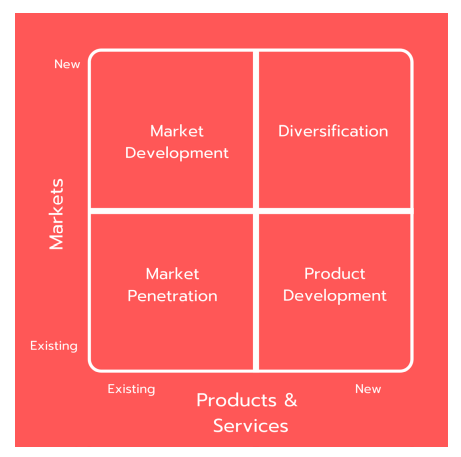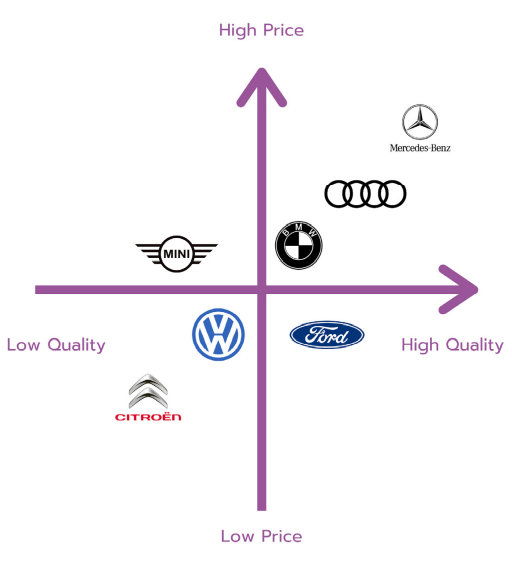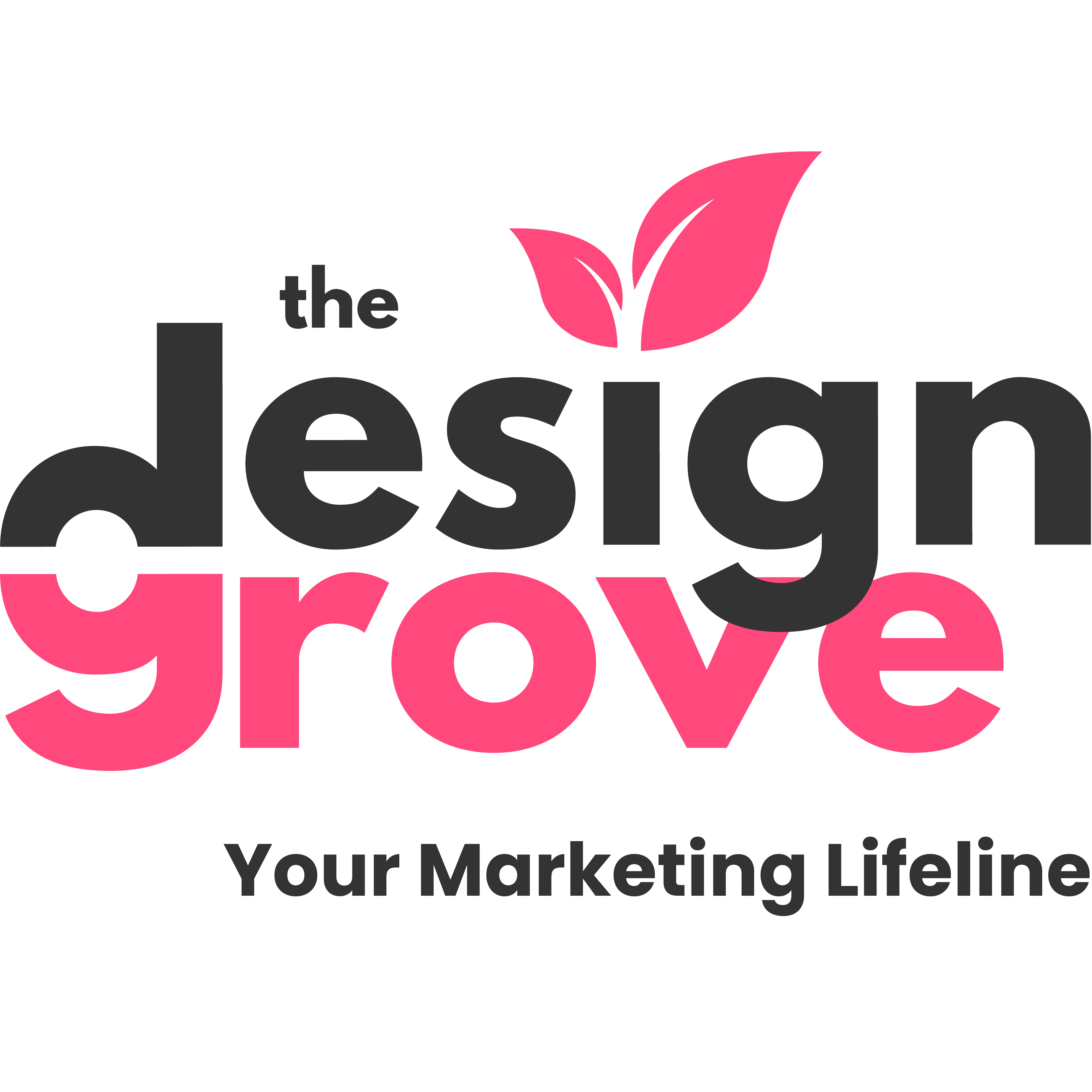Why you need a marketing plan
Starting your business, whatever that may be, usually lands you in a whole world of pain about some area of business that you have no idea about. Whether it’s finance, sales, HR or marketing, you have a lot to learn. Marketing is such a pivotal part of your businesses success, that it is crucial to get right.
There are lots of professional resources out there to help guide you through the choices that you have to make and this blog is one of them. Here we highlight the only Marketing Planning Framework that you’ll ever need to master.
We hope you find it helpful.
Marketing planning framework – SOSTAC
S – Situational Awareness
This means evaluating where you are right now. What are your circumstances; what do you have at your disposal? What is going well for you? What is not going well for you? What do you need help with? What opportunities can you take advantage of? What stands to come between you and your success?
All these questions can be nicely and neatly put into a SWOT analysis framework and will form the outline of your plan and guide what to tackle first.
O – Objectives
This is the part where you outline exactly what you want to achieve. Being specific, realistic, picking something that is achievable, setting it to a timeframe and being able to measure your success at getting there.
It is also important to evaluate your reason for being at this stage, what is your company’s mission, vision and values. You may have heard of a speaker by the name of Simon Sinek, his Ted Talk on Start With Why is a fantastic talk to watch and provides many light bulb moments.
S – Strategy
This is deciding how you are going to go about achieving your objectives.
In general terms it might be as simple as
improving your weaknesses and exploiting your opportunities.
It could mean developing a new product/ service or delving into a new market sector. Each are not without their own level of risk, so how do you decide what you should do?
This matrix can help. It was developed to help provide a strategy for business growth through product or market development.

What is The Ansoff Matrix?
Ansoff, the guys who developed this strategic thinking, put your strategy into four camps. Taking your products and/or services and focusing on new and/or existing markets. Each of the four strategies are outlined below.
Market Development
This puts your existing products and services to the test in new markets.
This strategy could include trying to establish yourself in new industry sectors; You identify a sector that has similar characteristics to one you already operate in and try and build a reputation and offering for that sector.
It might be a different location. Say you’ve always refrained from selling into different countries but now you are in a position to expand.
Or it might be down to your sales channel, going from offline to selling online. Each bringing a new set of actions.
Market Penetration
This puts your existing products and services to the test within the market you are in. It’s a low risk strategy but your aim here is to sell more of the same to more people or encourage repeat buying. Loyalty schemes or promotions are a good way to do this. It depends on how saturated the market is; either with your own product or with your competitor’s products.
Diversification
This is a high-risk strategy, because you are introducing a brand-new product into a brand-new market. To succeed here it is important that you fully understand the market you are entering into and have properly done your research. Then refer to the blog about how to launch a new product.
Product/Service Development
This strategy responds to opportunities within your existing customer base. Expanding the variants or repackaging. You might be able to develop related products or services that complement others.
Segmentation, Targeting and Positioning.
Why use segmentation?
The main reason for segmenting your audience is to make it more manageable for you. It focuses your resources on those people most likely to buy from you. A scatter gun, mass marketing approach might catch the odd fish, but you stand to waste a lot of money and time doing it this way.
In any case people actually prefer targeted marketing these days. Everything is personalised. People get bored very easily; we like to be stimulated and if we aren’t, we switch off and move on. We’re fickle like that!
The speed at which we can get information off the internet these days makes that fickleness and impatience much worse. Do you remember when 3G was fast? Now it is frustrating as hell! And it’sn only going to get faster, so we need to roll with it.
With so much choice at hand, focus your marketing energy on the things that will have the most impact on your potential customers.
What is segmentation?
Segmentation is breaking down your potential customers into bite sized chunks, usually categorised by a common feature.
There are 4 main types of segmentation:
Demographic segmentation.
This is by age, gender, stage of life, income etc, (size of business, job title/position, turnover if you’re business to business.)
‘Stage of life’ carries a big influence over how we spend our money. For example whether a person is married or has children influences how much disposable income a family has and how they choose to spend it.
Many of us are going through various stages of life and can relate to and are able to visualise some of these stages. For example, a florist who is selling to brides that has been married herself, is going to understand her target audience very well and can use that in her marketing.
Psychographic segmentation
This is segmentation by how people think subconsciously, what are their values, attitudes, motivations and priorities in life?
Psychographic segmentation ties in a little bit to demographics and in particular, a person’s stage of life. You can think again about your own decisions, your family’s values and attitudes towards things and use them to guide what you say in your marketing campaigns.
Behavioural segmentation
This is referring to people’s buying/spending habits. Behavioural segmentation is harder to do if you don’t have any customer data. If you are a new start up business for example. But over time, the data you can retrieve from your website and your customer orders can tell you a lot about people’s buying patterns. If you were able to establish a clear pattern, you can pre-empt people’s buying decisions with a promotional offer to entice and encourage them to buy. This is why fashion brands market their products seasonally because they know when people are most likely to buy certain products.
B2B buying/spending habits often revolve around the accounts year end. You might find a flurry of spending activity just as businesses are spending up their budgets before year end, or you might find they have run out by Christmas. Finding out when your customer’s budget runs from and to, is a great idea for B2B marketing organisations
Geographic segmentation
This is an easy way to break your target audience up and is very visual too. In a B2B organisation this is often why there are field sales managers who are responsible for various areas of a country/world. They are then responsible for further segmentation of that particular area.
For a B2C business, like a one-man band plumber for example, you might want to narrow your operational radius simply because you don’t want to be spending the whole day driving for one appointment; it just doesn’t make financial sense.
Whatever your best reasons for segmenting, it is important to delve into understanding your target audience as much as you possibly can. It will only serve to make your marketing material more relevant, interesting and stimulate action from potential customers.
Targeting
Targeting is when you focus your marketing messages on one particular audience having segmented your market into digestible chunks.
For example: you are targeting a product at a particular gender and or age range.
To effectively target your audience, you should try to understand them as much as you can; profile them. Give them a name. Anything you can do to help you visualise the person you are selling to.
Once you have that person in your mind, you should keep them there whenever you are writing materials, think about them; what they would think? What would they say?
Tip: Thinking of your audience, establish the following;
- What challenges do they face?
- What are their goals?
- Where do they hang out, what do they read, what might they search for?
- Where do they hang out, what do they read, what might they search for?
You can effectively target them with marketing material that taps into their inner most desires, answers their problems, grabs them whilst they’re having a coffee break and tells them why they should buy from you!
For example, one of the target audiences of a hair salon would be women, aged 30 something. Her profile might look like this;
AMY – 30 SOMETHINGS
Amy doesn’t have a lot of disposable income. She owns a home with her husband and lives with young children. Her life is quite chaotic, revolves around her kids, holidays, mortgage, maybe working two jobs. She might be divorced, but almost definitely stressed out!
She will have lots of weddings, christenings and 30th/ 40th birthday parties to go to.
Amy is worried about getting old, going grey, losing her youth and letting herself go too much. She wants to stay relevant and look nice for the special occasions, but her life is so hectic that she also craves peace and quiet.
She hasn’t got much time, she might be working a lot and trying to find the right work life balance. She’ll be watching the news, maybe reading most of it on facebook. She’ll get salon recommendations from other mums and possibly Google.
Amy will find it hard to trust someone with her appearance, she might not have bags of confidence like the 18-30s age group.
So key takeaways from what we know about Amy:
The salon needs to create special quiet time to allow her to escape. They need to provide special offers because she doesn’t have a lot of money. They need to post time saving tips on their website blog, they need to provide chill out quotes on social media that Amy will relate to. They need to empower this woman to feel young and boost her confidence through powerful messages. They need to show lots of examples of hairstyles they have done, to build trust and make her feel confident that they will do a good job.
You can build a profile like this for each of your individual target audiences even if it is a business rather than an individual. It is a great way to ensure that your marketing really resonates with who it is intended for.
Positioning
Positioning is all about perception. What is the perception that you would like to create in the mind of your customer? What would you like them to think about you?
Do you want to be renowned for high quality? Renowned for bargain prices? Renowned for being a fun and energetic brand?
How do you figure this out?
Marketers use a tool called a perceptual map, outlined below. Taking the attributes that determine what a customer looks for when making a purchase. In the case of a car, quality is typically perceived as having a higher price tag, where as a lower price tag often presents the perception of lower quality.
Positioning is really a good opportunity for you to really evaluate your competitors and figure out what they offer that you don’t
and vice versa.
Take the car example; The Volkswagen
Group own multiple car brands. They have the Audi positioned at the higher quality/higher price end of the market and the VW Golf positioned at the mid price/mid quality end. This is so they can tap into multiple car buying markets. Having multiple brands
positioned slightly differently allows them to have more control over the market share

A perceptual map can also help you identify a gap in the market
Let’s say you plot your businesses products and all your competitor products and find that the majority of them are positioned in the high price/high quality market; you know that you could look at developing something to target the lower price/lower quality market.
You can create perceptual maps using other attributes, depending on the factors which contribute to a buying decision. For example;
- A tradesman might use the axis ‘trustworthiness’ versus ‘well established’
Pizza Hut might rate themselves and their competitors using customer choice versus customer service.
Have a go at creating a perceptual map for your business and plot your competitors on it.
Developing your messages
When you have effectively segmented, figured out your target audience, it’s time to develop your positioning statement and all your other fabulous messages that you are going to use to communicate with your customers.
This might include your mission, vision and values as well, which identifies why you exist as a business. What your primary purpose is, who you are here to serve and how you go about it.
It doesn’t matter if you are a product or service business, you need to go through a process of identifying what benefit you bring to your target audience.
The easiest way to do this is through a FAB analysis. Let’s take moisturiser as an example:
Features – It is made with enzymes, chemicals, moisturizing agents etc.
Advantages – It makes your skin feel really soft.
Benefits – Makes you feel young and youthful looking.
This is the reason why brands like L’Oreal lead with adverts depicting images of women feeling radiant and fabulous, because they want you to believe this product will make you feel that way. People don’t care what it’s made of, they care more about what’s in it for them.
It’s probably true to say that these days, people actually do care more about what it’s made from than they used to, which is why we often see some explanation of the science behind the production. It’s designed to be transparent, which builds trust because we know they’re not doing anything dodgy!
So, go through each of the features of your brand, one by one and ask yourself, what is the advantage of this feature and what is the benefit of this feature – to the customer.
This will, in reverse, give you a load of great marketing fodder to work with!
T – Tactics
Tactics focus on how you are going to action your strategy. Budget should get a mention here as well, as it’s important to really think about what you are going to invest in.
Time to introduce you to something marketers call the 7P’s. You can find a tonne of stuff about this online but here is a summary.
Product
Think about what quality you need to achieve; what are your product’s FABs? Have you got warrantees to think about? Will there be a returns policy? Will you need customer service agents? Can you offer variants and a mix of products?
Place
How will you distribute your product/service? Will it be online or offline, will you be both? Will you sell directly to the end user, or is it a sales chain? Where will you buy your parts and supplies from?
Price
Have you done your perceptual map to figure out where you should pitch yourself in terms of price? What are you going to charge people? What are your margins? What are your payment terms?
Promotion
How are you going to promote your products/services? Are you going to use direct mail, advertising, PR, sales-people, events and exhibitions, literature, branding, website, social media, have you got your content strategy figured out?
Physical Evidence
This is mainly for service providers; what are the tangible parts of your offering for example packaging, menu cards etc. Does your shop/salon/restaurant/office have a good ambience and décor that matches your brand positioning?
People
Are your people trained and ready to deliver? Do they represent your brand well? What is your business culture like? Is it going to positively or negatively impact your efforts?
Processes
Have you got your back-office processes sorted? Can you take bookings/orders/reservations? Are your processes automated? Can you lay your hands on all the tools you need to do your job? Is your factory well organised?
This framework helps you to review and define key issues that will affect the marketing of your products and services.
A – Action
The action part of SOSTAC is fairly self-explanatory. This is the doing bit.
If you are a one-man band, maybe you need to recruit or outsource? What other resources do you need? If you have a team who is going to be responsible for what?
Set your actions down on paper, an excel spreadsheet or if you can stretch to it MS Project – and be accountable to deadlines and milestones.
C – Control
Control just means that someone is keeping an eye on how things are going and feeding that back into the plan.
If you see something that isn’t working as you’d expect, don’t keep flogging it, change it up! If something is working well, do more of that. The plan is not fixed, it is moveable, and it is important to roll with it as you go
There is no such thing as a right and wrong, just ‘tried’ and ‘not tried’, so budget permitting, give different things a go.
The control part is where tools like Google Analytics (chapter G) comes into its own. Use the insights from GA to redirect the course of your marketing. Likewise, look at social media engagement to determine how well your posts are doing.
Customer Feedback
Customer feedback is like gold, use it as much as possible. If it’s negative, use it to improve the way you do things; don’t ignore it. If it’s positive then great; use it to promote your business.
Obtain customer feedback at every opportunity, try and establish the source of enquiries, where people first heard of your business, whether they were recommended by anyone, what they thought of your product/service. Whether it’s by passing comments or with a physical survey, the customer knows best and you would stand to gain a lot from listening to them.
In summary, the SOSTAC framework gives you the makings of a business/marketing plan. Without a plan of action, you’re just a rudderless entity spending money on stuff. Make sure you’re making the most of your marketing investments and tackling your activity with a considered approach rather than a slapdash one.


